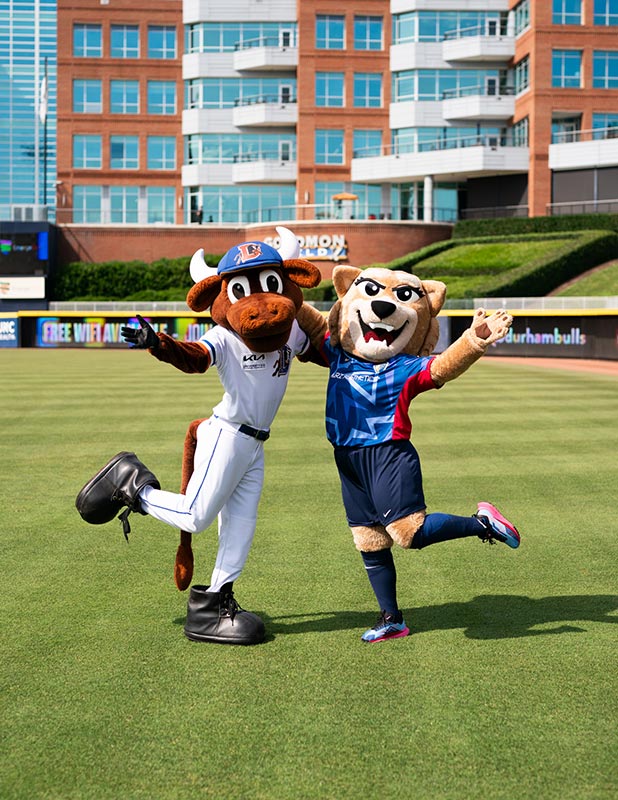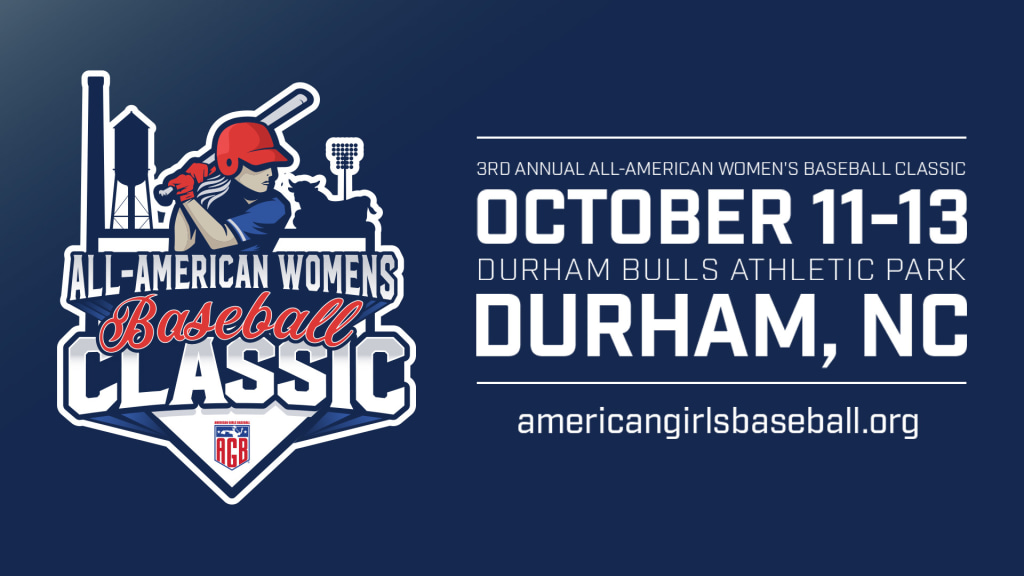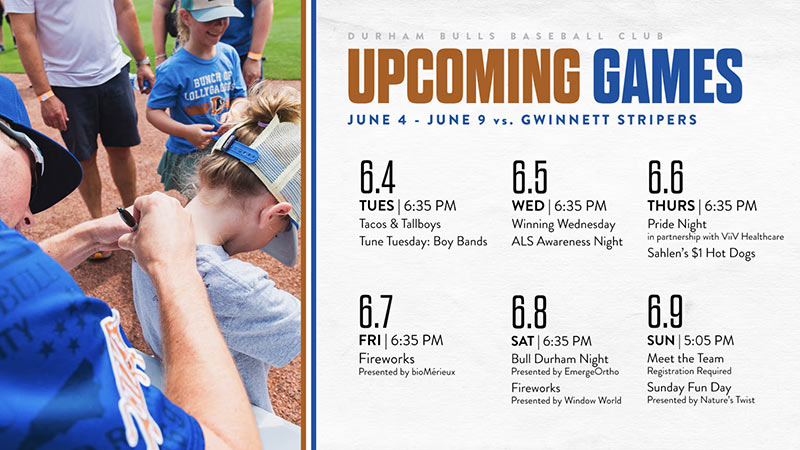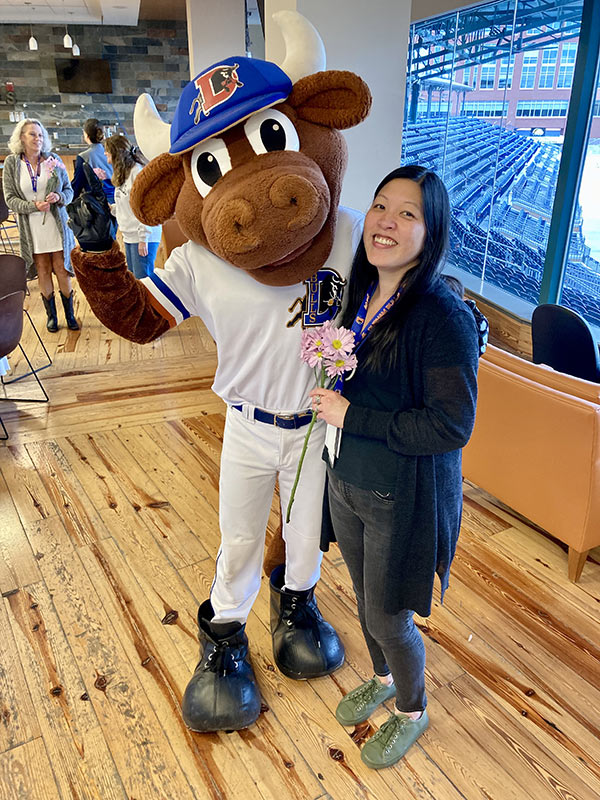The Durham Bulls, America’s most famous Minor League Baseball team, is regarded as one of the premier franchises in the industry. Since Capitol Broadcasting Company bought the team in 1991, the organization has separated itself from its peers, thriving on local, regional and national stages. Under Capitol Broadcasting’s direction, the Bulls have been at the center of the revitalization of downtown Durham, never ceasing to contribute to The Triangle community.
Durham’s first league-affiliated team, named the Tobacconists, took the field in the spring of 1902 and played a schedule comprised of teams from neighboring mill towns. By 1913, the team was renamed the Durham Bulls, an homage to the town’s world famous tobacco brand.
Over the next 67 seasons the team would play in three different ballparks and undergo eight Major League affiliation changes until settling into a long-term partnership with the Atlanta Braves prior to the 1980 campaign. Then in 1988 the film “Bull Durham” put Minor League Baseball and the Bulls on the national stage, as the fictional comedy starring Susan Sarandon, Kevin Costner and Tim Robbins became a hit with diehard and casual baseball fans alike.
In 1991 Capitol Broadcasting Company purchased the Bulls, and the following season the team unveiled mascot Wool E. Bull, who has become one of the most recognized faces in all of North Carolina. Each season, Wool E. makes over 250 appearances at schools, hospitals, parades and more, exemplifying the Bulls’ commitment to The Triangle community and beyond.
By 1995 the franchise had moved to Durham Bulls Athletic Park, a brand new stadium located a few blocks south of the historic Durham Athletic Park which the Bulls had called home since 1926. Following the 1997 season the Bulls began an affiliation with the Tampa Bay Devil Rays, and jumped from the Advanced-A Carolina League to the Triple-A International League. With the change to the Triple-A level, the stadium expanded its capacity to 10,000 by adding six sections of seating beyond the right field wall. Today the stadium’s seating still sits at 10,000, while the Bulls’ and Rays’ 16-year affiliation is tied for the fourth-longest in Triple-A Baseball.
Over the last 25 seasons the Bulls have built a near-dynasty on the field, earning 15 postseason berths since 1991. Since joining the Triple-A ranks, the Bulls have made 13 playoff appearances in 17 seasons, while capturing four league titles.
Prior to the 2014 season the DBAP underwent yet another renovation, this time giving the stadium a complete facelift. New video boards and a new club level, among many other upgrades, gave the stadium a modern feel, while preserving the classic touches that make the ballpark one of the best in Minor League Baseball.





